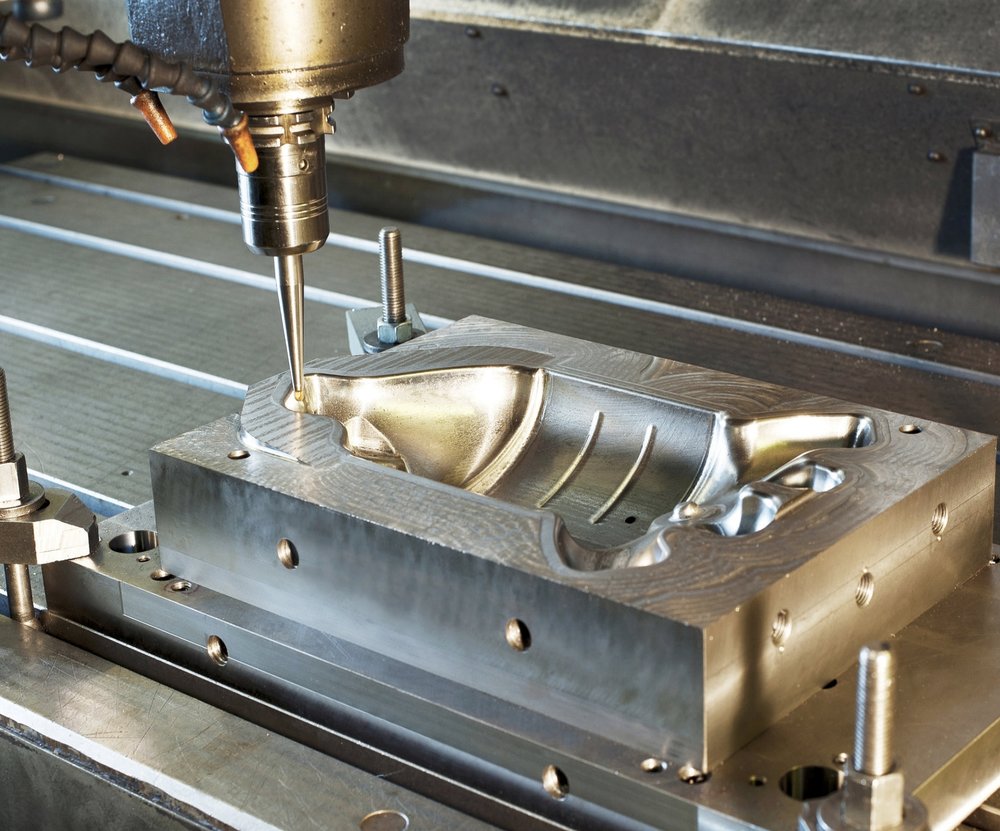How Does a 401k Plan Work?

The word 401k is synonymous with retirement, but how many know all the principles around 401ks? The retirement savings vehicle was created by Congress in 1981 and gets its name from the section of the interior Revenue Code that describes it: section 401(k).
Many employers offer a 401(k) pension plan to employees as a part of their benefits package. The 401k services allow both the worker and employer to get a tax deduction once they put money into the employee’s 401(k) pension plan.
A set percentage the worker chooses is automatically taken out of every paycheck and invested in a 401k account. It’s up to your employer to decide on what rate they’re going to match, but many companies do offer a dollar-for-dollar match.
Some types of employer matching contributions are subject to a vesting schedule, which implies although the cash is in your account if you leave before you’re 100% vested you’ll only keep some of what the company put in for you. You always get to keep any of the funds that you simply contributed to the plan.
They are made from investments (usually stocks, bonds, mutual funds) that the worker can pick themselves, and aren’t taxed on any capital gains, dividends, or interest until they’re withdrawn.
Depending on the small print of the plan, the cash invested could also be tax-free, and therefore the employer may make matching contributions. If either of these benefits is included in your 401k services, financial experts recommend contributing the utmost amount annually, or as near to it as you’ll manage. Your annual employee, elective salary deferral limit, is set by the Internal Revenue Service.
The amount you set in is named a salary deferral contribution, as you’ve got chosen to defer a number of the salaries you earn today, put it within the plan, and reserve it so you’ll spend it in your retirement years. The cash grows tax-deferred inside the plan.
The tax benefits of 401ks are undeniable. First, contributions are pre-tax. You don’t pay taxes on the cash until you withdraw it once you retire. (At the earliest, this is often age 59.5.)
Second, your 401k contributions aren’t counted as income, which could put you during a lower income bracket. The result: your tax bill is going to be smaller for your having squirreled away money for your later years.
Third, your savings grow tax-deferred. During a regular investment account, your net gains and dividends would be taxed. But during a 401k plan, your money grows tax-free as long as it stays within the plan. This enables your earnings to compound — which is simply an elegant way of saying, your earnings will earn profits.
To offer a 401(k), your employer must follow specific rules. The Department of Labor (DOL) features a division called the employee Benefits Security Administration that regulates the offering of 401(k) plans and spells out these rules.
Many employers also offer the choice to place in Traditional Roth 401(k) contributions. With Roth contributions, which were allowed starting in 2006, you do not get to reduce your earned income by the contribution amount, but all funds grow tax-free, and once you take withdrawals in retirement, you get to require all of your withdrawals tax-free.











